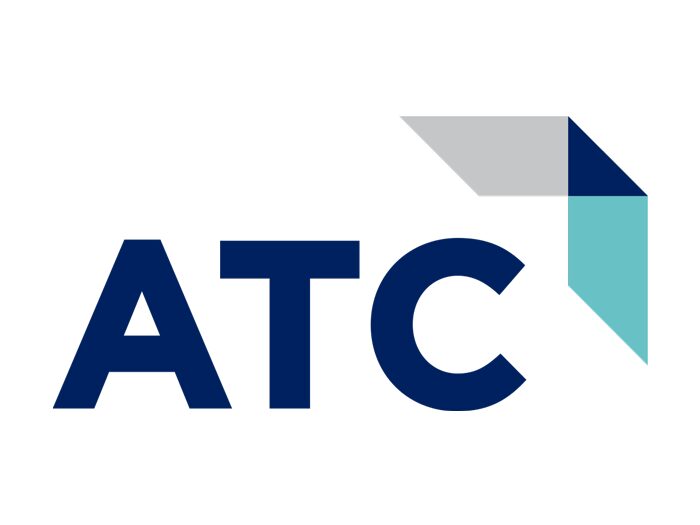
(This article originally appeared on CIO Dive here.)
In 2020, businesses will execute two distinct technology strategies: during and post-pandemic. The latter will define business success as the economy struggles.
As the number of remote work days turn to weeks, organizations are re-configuring business continuity plans to adjust for immediate demand and long-term technology requirements.
Through the coronavirus pandemic, the technology sector will mostly fare well. Microsoft has maintained a more than $1 trillion market cap, even as the market at large tanked. Demand for cloud-based services continues and while uptime is tested and bandwidth taxed, normal back office operations can continue.
Short-term, industry is seeing a spike in cloud-based services, particularly in collaboration and education technology, Stuart Ravens, chief analyst at Thematic Research, told CIO Dive. But with increased threat vectors as work moves home, “cybersecurity will do the best out of all of this.”
If response in China is any indication, business will face disruption for about three months. The economic turmoil indicates a recession ahead, though economists are waiting to see if it takes a U- or V-shape.
Businesses are already introducing cost containment measures, which impacts IT projects and new spending, to protect 2020 revenues.
In 2020, businesses will execute two distinct technology strategies: During and post-pandemic. The latter will define business success as competitors crumble.
It’s too early to see how large the impact will be, but during a recession what happens is “all IT projects” are put on hold, Ravens said. That’s why IT services are hit hardest in the technology space. “2020 is just going to be really unpleasant for IT now.”
Large organizations’ digital transformation projects, while imperative, will “slow, and slow significantly,” Ravens said.
Long-term, companies will focus on resiliency and hardening against similar shocks in the future. Many businesses were caught unprepared, and savvy leaders will ensure it doesn’t happen again.
Businesses don’t want to invest in capital-intensive, moonshot projects — think artificial intelligence and blockchain. Unless it can payoff in the near-term, companies are going to shelve it.
Accelerate Transformation
But IT spending won’t stop altogether. Some projects are worth accelerating amid uncertainty. (Think UCaaS And CCaaS.)
Based on Gartner’s received inquiries, there is no change in appetite for talking about migration, said Craig Lowery, Gartner research VP, in an interview with CIO Dive. “I don’t see this as a distraction to cloud migration plans, I see this as an accelerant.”
The pandemic offers an opportunity to test the cloud value proposition, he said. If an organization is two years into a five-year cloud adoption plan, full steam ahead.
What CIOs should do is help business leaders understand there are some areas where business transformation can accelerate in a post pandemic world. IT leadership requires agility and adaptation to the entirely new world — technologists are uniquely suited to help the business adapt too.










